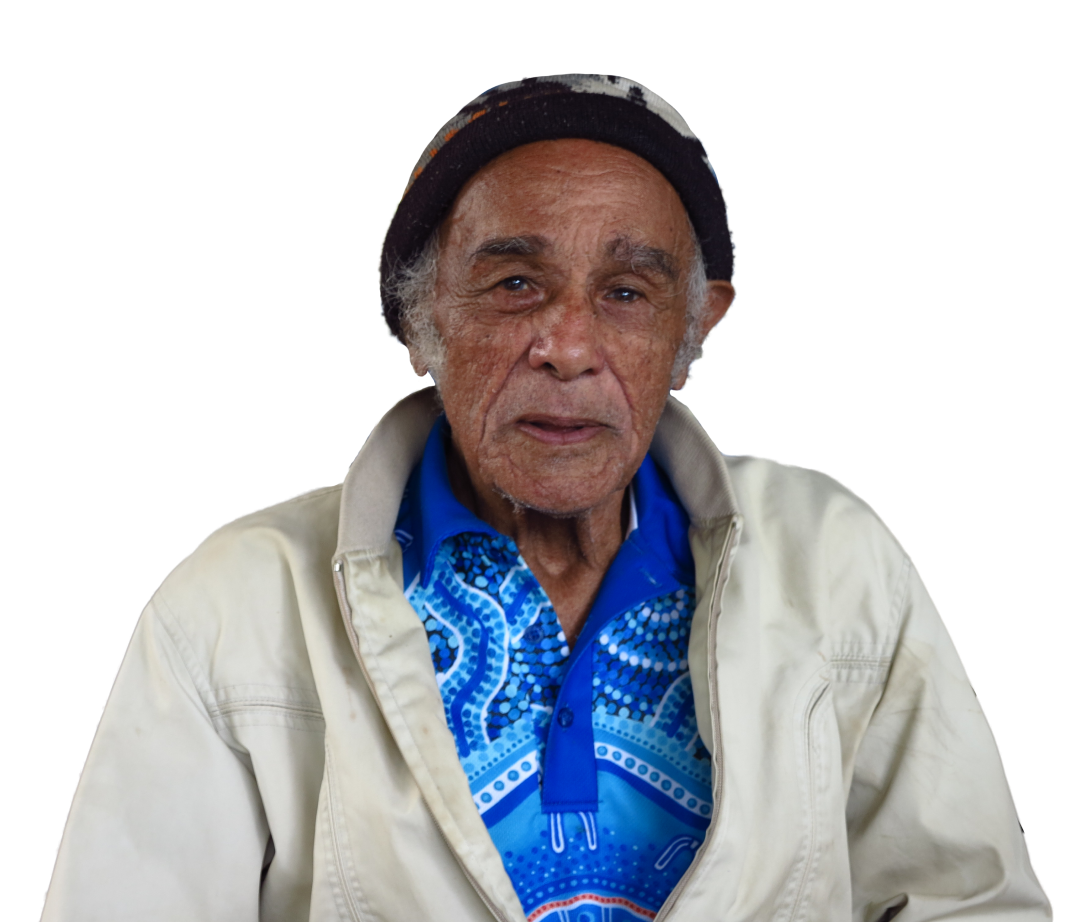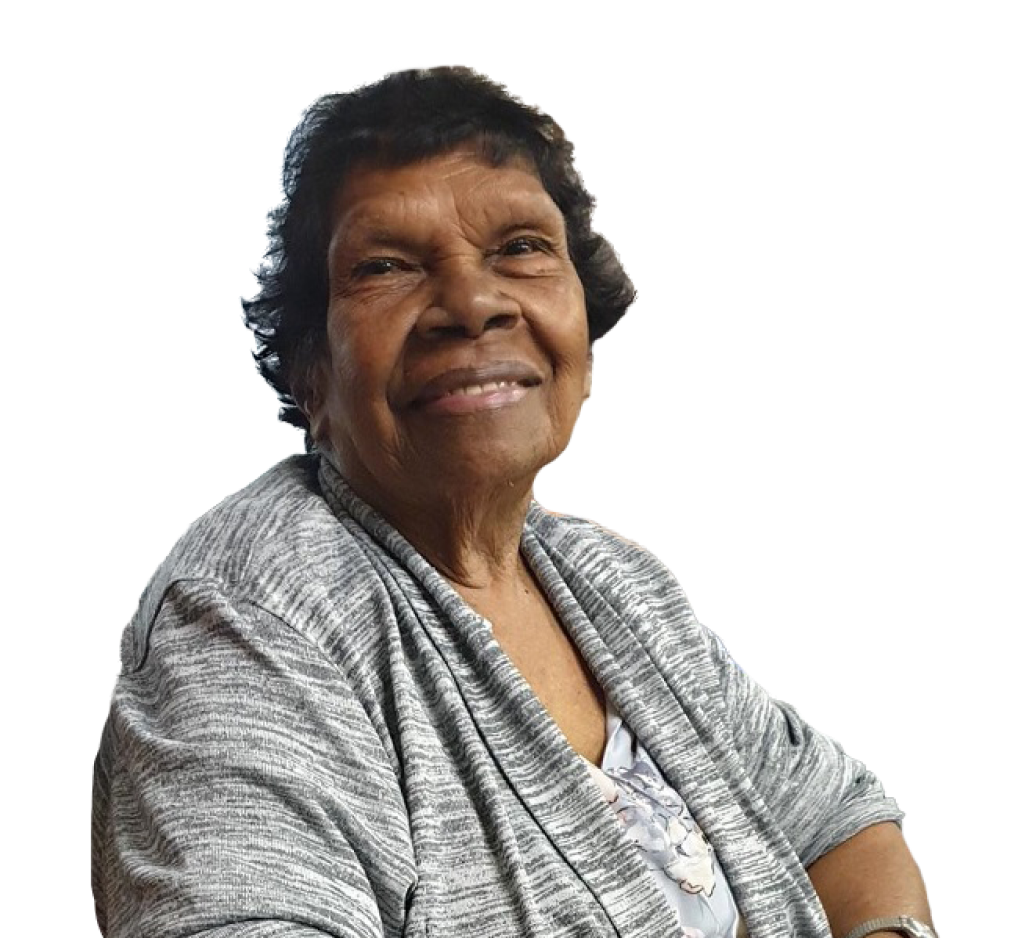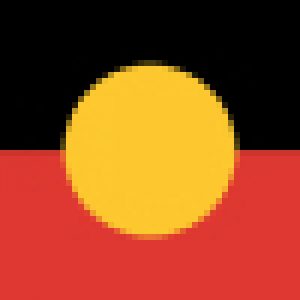Coronaviruses are a large family of viruses that cause respiratory infections. These can range from the common cold to more serious diseases. COVID-19 is a respiratory illness caused by a . Symptoms include fever, coughing, sore throat and shortness of breath. The virus can spread from person to person by inhaling droplets from coughing, or from transfer from touching hands/surfaces and then touching your face or mouth. This is why washing hands, coughing into tissues/shirt/elbow and not hands, and where possible staying 1.5m away from others, can prevent infection.
Symptoms of COVID-19 can range from mild illness to pneumonia. Some people will recover easily, and others may get very sick very quickly. People with coronavirus may experience symptoms such as:
- fever
- respiratory symptoms
- coughing
- osore throat
- shortness of breath.
Other symptoms can include runny nose, headache, muscle or joint pains, nausea, diarrhoea, vomiting, loss of sense of smell, altered sense of taste, loss of appetite and fatigue.
The virus can spread from person to person through:
- close contact with an infectious person (including in the 48 hours before they had symptoms)
- contact with droplets from an infected person’s cough or sneeze
- touching objects or surfaces (like doorknobs or tables) that have droplets from an infected person, and then touching your mouth or face.
In Australia, the people most at risk of catching the virus are:
- travellers who have recently been overseas
- those who have been in close contact with someone who has been diagnosed with COVID-19
- people in correctional and detention facilities
- people in group residential settings.
You are at high risk of serious illness from COVID-19 if you:
- are age 70 years and older
- have certain conditions which compromise their immune systems.
You are at moderate risk of serious illness from COVID-19 if you:
- have certain chronic conditions.
If you have any medical conditions it is recommended you discuss your individual risk and what you can do to protect yourself with your treating doctor.
At this stage the risk to children and babies, and the role children play in the transmission of COVID-19, is not clear. However, there has so far been a low rate of confirmed COVID-19 cases among children, relative to the broader population.
You can reduce your risk of coronavirus by practicing good hygiene and by practicing social distancing.
Good hygiene includes:
- covering your coughs and sneezes with your elbow or a tissue or shirt
- disposing of tissues properly and washing hands after contact
- washing your hands often with soap and water, including before and after eating and after going to the toilet
- using alcohol-based hand sanitisers
- cleaning and disinfecting surfaces
- if you are sick, avoiding contact with others, not sharing cigarettes and staying more than 1.5 metres away from people
- cleaning and sanitising frequently used objects such as mobiles, keys and wallets
Social distancing includes:
- staying at home when you are unwell
- avoiding going out of the house unless for essentials or exercise, or if you are unable to work from home
- keeping a distance of 1.5 metres between you and other people whenever possible
- no hugging, sharing smokes
If you are sick and think you have symptoms of COVID-19, seek medical advice and get tested. If you want to talk to someone about your symptoms, call the National Coronavirus Helpline 1800 020 080 for advice.
To seek medical help from a doctor or hospital, call ahead of time to book an appointment.
You will be asked to take precautions when you attend for treatment. Follow the instructions you are given.
If you have a mask, wear it to protect others. Stay at least 1.5 metres away from other people. Cover your coughs or sneezes with your elbow.
Tell the doctor about:
- your symptoms
- any travel history
- any recent contact you have had with someone who has COVID-19.
If you have cold or flu like symptoms, such as a cough, fever, sore throat, shortness of breath or runny nose, even if these are mild, you should get tested for COVID-19 as soon as possible. People with mild symptoms can still spread the virus. To help stop the spread of COVID-19, anyone with cold or flu-like symptoms should get tested.
As part of Australia’s response to COVID-19, public health units around Australia have increased testing. People may have a COVID-19 test for several reasons. You can find more guidance for people who are tested under these enhanced procedures for COVID-19.
If you need to get tested, you can:
- attend a free COVID-19 respiratory clinic
- contact your doctor and they will arrange the test, this may attract a fee.
COVID-19 respiratory clinics are dedicated health centres located around the country, focusing on testing people with symptoms of respiratory infection.
Early diagnosis means you can get the help you need and take steps to avoid spreading the virus to someone else.
Testing diagnoses patients with COVID-19 and helps health authorities monitor and track the spread of COVID-19. As the situation changes, states and territories may adjust their testing criteria based on local needs.
Testing is important for anyone with symptoms and particularly if any of the following apply to you:
- you have returned from overseas in the past 14 days
- you have been in close contact with someone diagnosed with COVID-19 in the past 14 days
- you are a health care, aged care or residential care worker or staff member with direct patient contact
- you have lived in or travelled through an area where there is a higher risk of community transmission, as defined by the local public health unit
- you travelled on a cruise ship (either passenger or crew) in the 14 days before developing symptoms.
People in high-risk settings will be regularly monitored to ensure symptoms are identified early. Rapid response plans will be activated if someone in those settings develops a fever or respiratory symptoms.
Examples of high-risk settings include:
- aged and residential care facilities
- correctional facilities
- boarding houses
- military group residences and other closed settings, such as Navy ships or live-in accommodation
- remote Aboriginal and Torres Strait Islander communities.
If you get tested for the virus, or you have symptoms, you need to stay at home. You will need to do this until you either have a negative test result or your symptoms have gone – whichever is longer. It may take a day or 2 for your test results to come back.
If your doctor says you are well enough to go home while you wait for your test results, you should protect yourself and others.
If you meet certain criteria, you may be considered a suspect case and be required to isolate.
People who are required to quarantine will need to continue to do so, regardless of a negative test result. For further information read guidance for people tested for COVID-19.
For questions about testing or patient welfare, call the National Coronavirus Helpline.
A temperature check is when a monitoring device, such as a contactless thermometer or thermal imaging, checks whether someone has a fever. In places like hospitals and aged care facilities, temperature checks may be useful as an extra precaution to protect vulnerable people. Some places might test visitors as well as workers.
Temperature checks are not as useful in other settings. People with COVID-19 don’t always develop fever, or they might have a fever from another illness. Some medications reduce fever.
If you feel unwell with COVID-19 symptoms, even mild ones, stay home and get tested for COVID-19. This is an important part of our 3-step framework for a COVIDSafe Australia.
Got Questions ?
Contact us at info@atsidnq.com.au to ask more about the Network, or to raise issues you are experiencing in your community.






